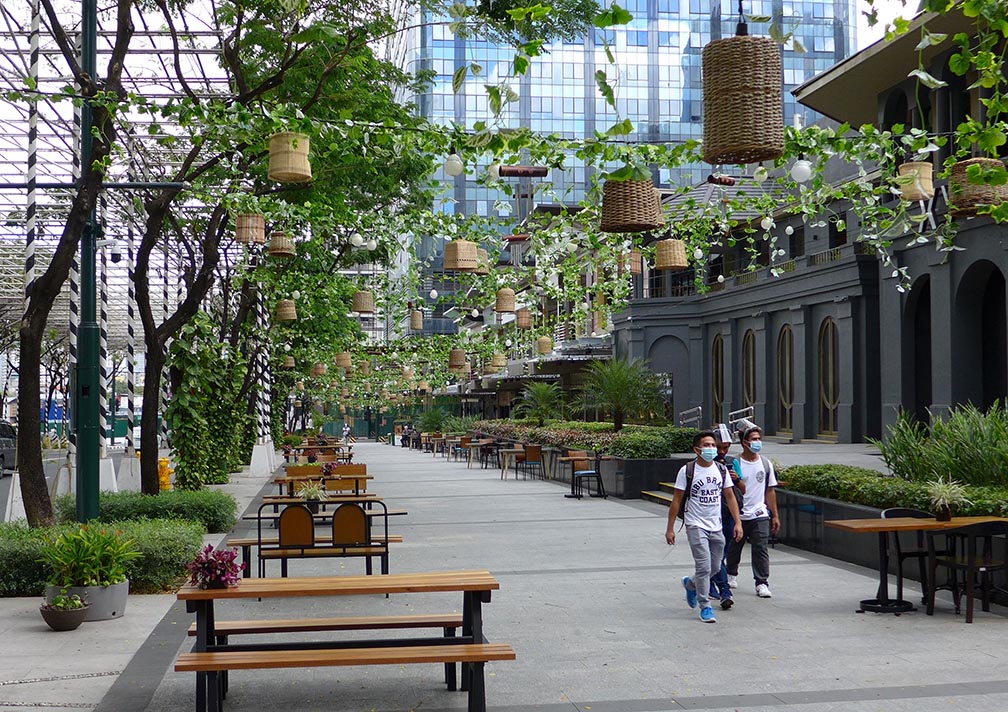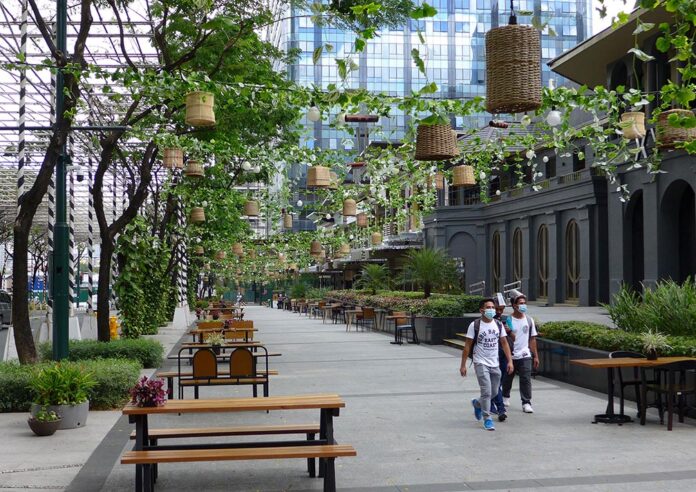
Image credits: Nonie Reyes
THE rising costs of goods and unimproved mobility in the country are key risks that may hamper hopes of economic recovery for the country this year, an international credit watcher said.
In a webinar on Wednesday afternoon, S&P Global Ratings Senior Economist for the Asia-Pacific Vincent Conti said their expectations that the Philippines will recover this year from its 2020 recession are largely pinned on the resumption of consumer spending, especially toward the second half of the year.
However, the two emerging risks to the economy—which are inflation and low mobility—directly hinder the potential rise of consumer spending in the country.
S&P Global Ratings forecasts a 9.6-percent GDP growth for the Philippines for 2021.
For example, inflation has been rising quickly in the last few months due to supply-side pressures. In January, inflation breached the government target and hit a two-year high rate of 4.2 percent.
For February, the BSP forecast inflation to likely hit 4.7 percent.
“[Pressures to inflation] are supply side, in the sense that they’re driven by food, pretty much pork and vegetables, and they are transitory but they do weigh on the disposable income that is left for households to spend on other types of consumption at a time when things are already being very difficult,” Conti said.
The economist also said that further extensions to movement, travel and operational restrictions due to the rising cases of Covid-19 in the country pose another key risk, based on their assessment.
“The pace of relaxation, if it stalls much further than what we’re currently seeing, is indeed a key risk for us. For instance mobility indicators have barely improved and restrictions continue to be in place much longer than we expected,” Conti said.
“That really is a downside risk given that from here on, the key drivers for the macro recovery that we are looking at would be the household spending with the lifting restrictions releasing pent-up demand and also improving employment outcomes,” Conti said.
“If restrictions are in place much longer than what we’re currently seeing, that does put a big dampener on the growth prospects of the economy,” he added.
Mobility indicators
The BSP has recently added “mobility indicators” as a new measurement to track economic activity in the country, especially in relation to pandemic recovery.
In late January, BSP Governor Diokno said rough data show that the Philippines is among the slowest in the Asean-5 to regain its mobility in 2020.
As of December, the Philippines has the lowest mobility indicator followed by Singapore and then Thailand.
Malaysia, Vietnam and Indonesia are already back to pre-Covid mobility levels.
Read full article on BusinessMirror



